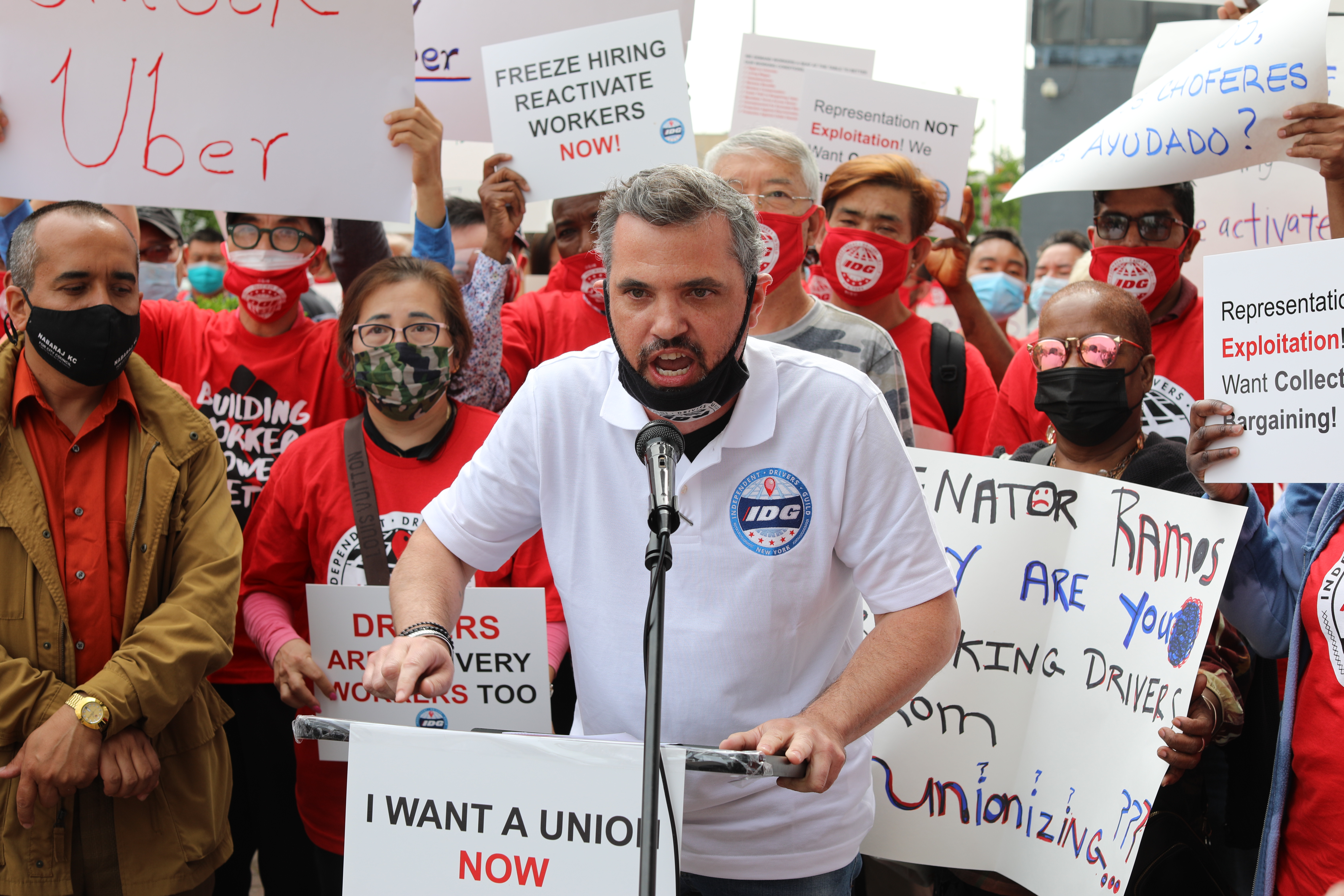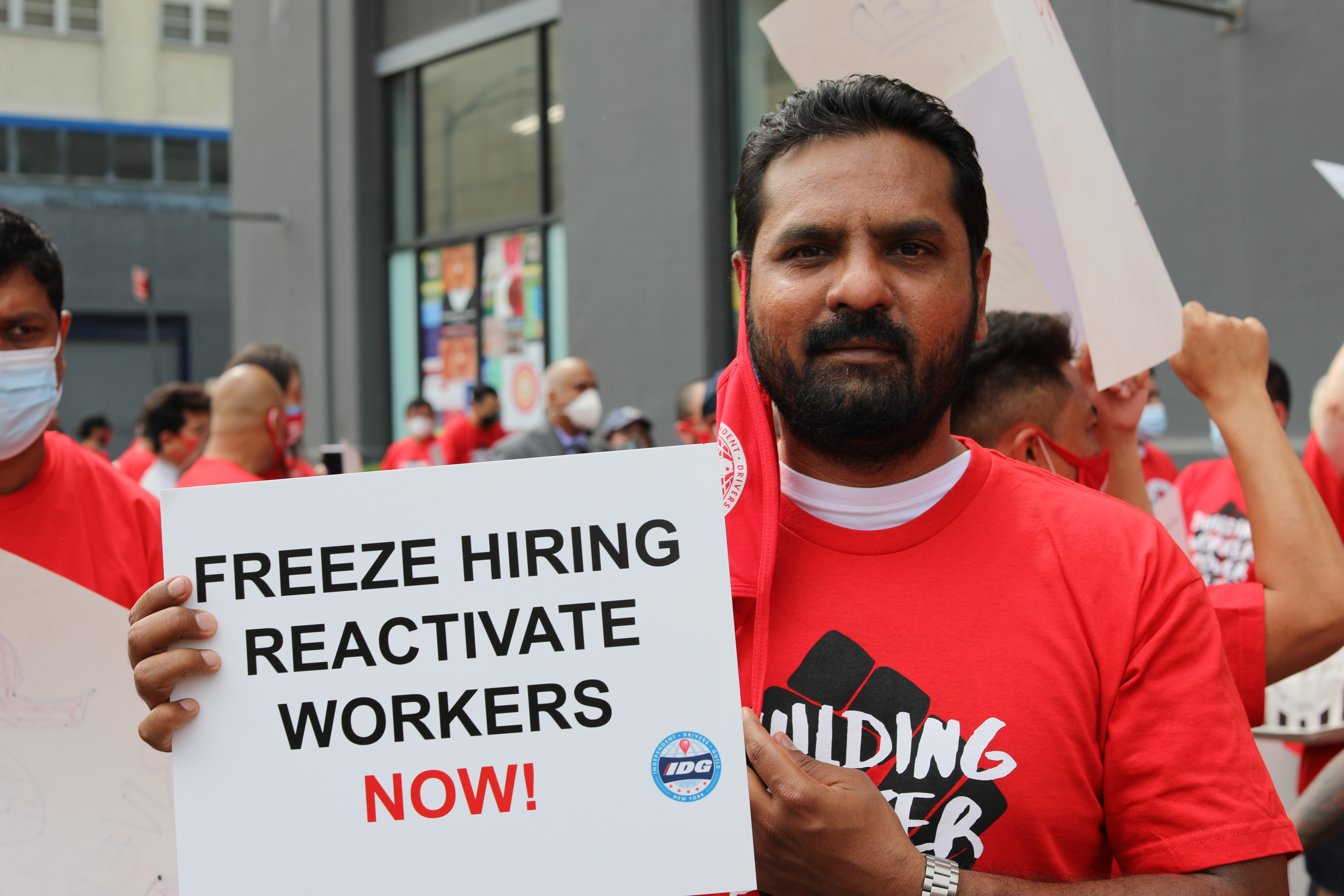News: Daily Crunch: Spotify’s new ‘Only You’ feature expands on personalization investment
Hello friends and welcome to Daily Crunch, bringing you the most important startup, tech and venture capital news in a single package.
To get a roundup of TechCrunch’s biggest and most important stories delivered to your inbox every day at 3 p.m. PDT, subscribe here.
Hello and welcome to Daily Crunch for June 2, 2021. It’s a good day in the tech world because former unicorn Spotify is out with new features about you. Yes, the company is taking its yearly listening review to a midyear format and packing its app with even more personalized mixes. My playlists are why I won’t leave Spotify until the heat death of the universe, so I suppose it makes sense that the service is doubling down on its personalization feature set.
And yes, I do listen to a lot of Taylor Swift in the morning. — Alex
The TechCrunch Top 3
- Stack Overflow sells for $1.8B: Well-known developer community and hub of copy-pastable coding snippets for software engineers of all skill levels Stack Overflow is selling itself to Prosus for nearly $2 billion. What’s Prosus? It’s part of Naspers, a South African investing group that you may have heard of. Naspers is perhaps best known for owning a large stake in Tencent.
- Guild Education raises $150M: The company, focused on providing what TechCrunch described as “employer-sponsored learning opportunities” for employees, is now worth $3.75 billion after its latest funding round. For the burgeoning edtech startup market, the round is big news. There’s still lots of capital for tech companies tackling the various sides of the education market.
- The great technology company liquidity run continues: As well-known tech startups like Marqeta look to list, other companies are jumping on the bandwagon. TechCrunch reported this morning that fintech firm Yieldstreet may go public via a SPAC, and data-centered unicorn Confluent is also going public.
Startups and VC
The week’s busy startup fundraising cycle continued today with a host of companies from the very earliest stages to the most mature unicorns raising capital. What follows is a selection of the day’s hottest deals. We’re starting in the world of wheels:
- Faction raises $4.3M for three-wheeled delivery vehicles: That are driverless, we should add. Daily Crunch is certain that, simply given the sheer amount of capital that has gone into the various projects of this sort, it will eventually work. Perhaps Faction will be the company to get it right.
- FlixMobility raises $650M for its low-cost bus service: If you are American, you may have not heard of FlixMobility, which operates FlixBus and FlixTrain, low-cost transport services in Europe. The company is also working to expand in the U.S. For reference, the new Flix round is a Series G.
- Tier options $60M for e-scooter network: Electric scooter shares are not dead, it turns out. Sure, Bird’s SPAC demonstrates how difficult the economics proved for the model in some markets, but Tier now has access to a “highly scalable asset-backed debt facility,” in the words of its CFO, to keep growing. The company also has some neat battery tech aboard its portfolio.
Now, today’s other rounds of note tackling a more diverse set of industries:
- Stemma raises $4.8M for managed Amundsen: What’s Amundsen? Per Ron, it’s a “data catalogue project that [Lyft built] to manage its massive data requirements.” And now there’s a startup offering it as a service. This reminds me of BuildBuddy to a degree, in which a startup takes on a BigCo tool, helping others access and leverage it.
- $131M in total capital for Jeeves: It’s $31 million in equity funding and $100 million in debt access, which we presume is a revolving facility of sorts because Jeeves is building a multinational expense management platform. You know, for companies that have employees everywhere. Like every single early-stage startup we talk to these days.
- Divido raises money because apparently we still need more buy now, pay later (BNPL) services: Divido has put together a fresh $30 million round to bring its BNPL service to more markets, TechCrunch reports. The startup BNPL market has been hot because the companies in it have been doing well. But at some point we hit saturation, right? Right?
With $1.6B Depop purchase, Etsy asks, ‘How do you do, fellow kids?’
News broke today that Etsy will buy used fashion marketplace Depop in a transaction that values the U.K.-based startup at $1.625 billion.
Depop showed 100% year-over-year growth to reach $70 million in revenue last year, but it’s still worth asking whether Etsy paid a premium to expand its reach into the hearts, minds and wallets of Gen Z and young millennial consumers.
To frame the deal’s overall value in a larger context, let’s look at revenue multiples for rivals Poshmark and ThredUp. If large e-commerce players are willing to splash out for youth-approved marketplaces, there’s a good reason why.
(Extra Crunch is our membership program, which helps founders and startup teams get ahead. You can sign up here.)
Big Tech Inc.
Big Tech was super busy today, Spotify aside. Today we’re talking Amazon, Apple, Facebook, GitLab and Huawei:
- Welcome to 2021, Amazon: The American e-commerce giant is doing away with cannabis testing of its employees. Our first reaction to this news was that Amazon was drug testing its employees?
- Apple thinks highly of itself: Apple has a study out saying that it facilitated more than a half-trillion dollars in commerce last year. We are sure that Apple really put itself to the test in coming up with the number.
- Facebook does two things that don’t suck: Today Facebook opened up its Messenger API to all companies, which is good. And Big Blue put together a research API. Both are good things from Zuck’s empire. Which is nice to say for once.
- GitLab buys UnReview: GitLab is north of $100 million in revenue and is slated for an eventual IPO, so it’s big enough to warrant inclusion in this section. Regardless, the GitHub competitor has bought a startup that “helps software teams recommend the best reviewers for when developers want to check in their latest code” using machine learning. Honestly, that sounds cool.
- Huawei’s new OS loves Android: TechCrunch has lots of details on HarmonyOS, the new operating system from Huawei. It turns out that it uses some Android code. All hail Google, we suppose.
Community
Tomorrow (Thursday) at 2 p.m. PDT/5 p.m. EDT, we’ll be chatting on Twitter Spaces about the future of e-commerce with Accel’s Ethan Choi, who wrote this piece for Extra Crunch recently. Joining him will be our very own Danny Crichton, Shogun CEO Finbarr Taylor and Shopify’s VP of Product and GM of Platform, Brandon Chu. Keep an eye on our tweets for details and come have a listen (and bring your thoughts and questions!).
TC Eventful
Are you a founder trying to get your startup off the ground? If so, TC Early Stage: Marketing & Fundraising is here to help! During this two-day bootcamp, leading experts will guide you through marketplace positioning to growth marketing and content development. Get an additional 10% off early-bird pricing if you register before this Friday with promo code DAILYCRUNCH — Register Now!








 . Now, when you’re browsing Twitter on Android, iOS, or
. Now, when you’re browsing Twitter on Android, iOS, or 



